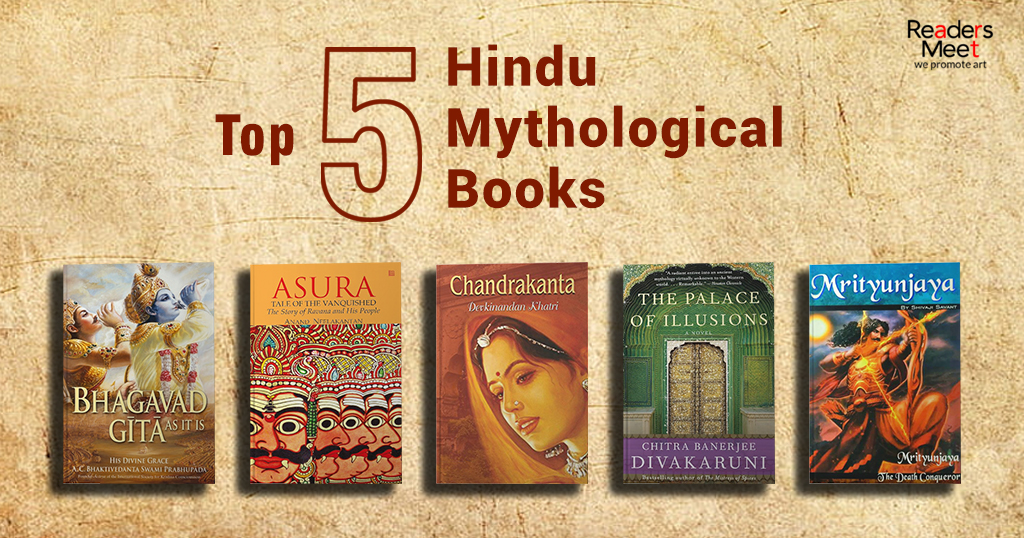Hinduism’s foundation lay in the ancient Vedas and Puranas. Hindu mythological books have existed since 1500 BCE.
Of course, we all know about the famous Ramayana and Mahabharata. The Ramayana and Mahabharata epics bridged the gap between the Vedic era and the Puranas. These grand tales depicted Rama and Krishna, divine avatars living among humans, becoming beloved heroes and models for ideal living.
However, the origin of Hindu mythology isn’t a couple of stories but a diverse collection of myths themselves. Regional languages like Tamil, Marathi, and Bengali have their own rich mythological scripts. These works of literature have added unique stories and characters to the overall tapestry of Hinduism. This is what makes Hindu mythology so rich and multifaceted.
Here are the top 5 Hindu mythological books that one must read at least once in his life.
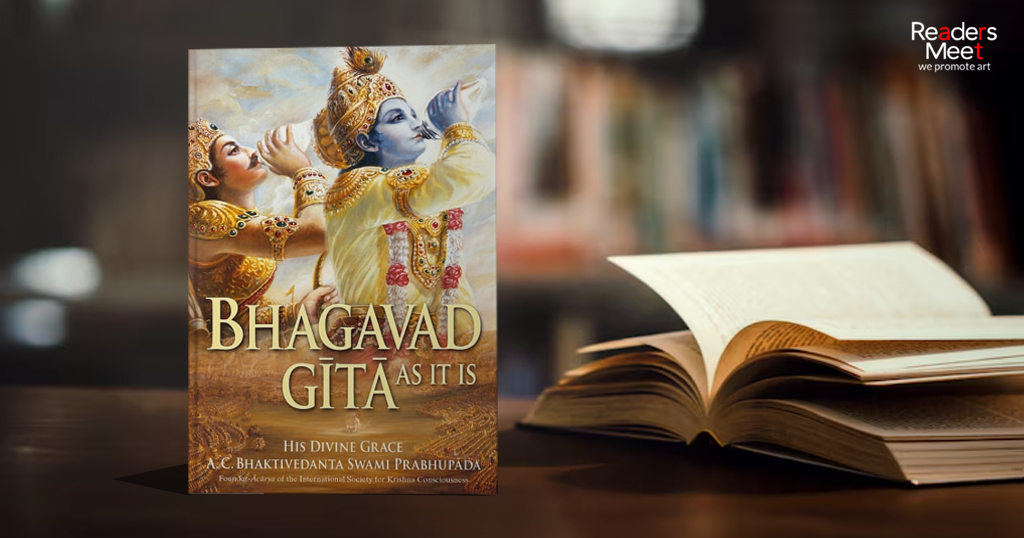
1. The Bhagavad Gita
In the most illustrated war of the Mahabharata, Arjuna, the greatest archer faces an ethical dilemma. He could not decide which way to go, so he turns to his charioteer, Krishna, who reveals himself as the divine. The Bhagavad Gita is unrevealed through their dialogue.
In its essence, the Gita teaches selfless action. It urges Arjuna (the metaphor of human being) to fulfill one’s duties (Swadharma) no matter if it is of less personal gain.
The Gita also encourages the path of devotion to God. It assures us that this path is open to everyone, regardless of social standing. Through sincere efforts and service, truthful worship, and remembering the divine, we can cultivate a deeper connection with the almighty. The Bhagavad Gita just does not talk about how to win a war; it’s a guideline on how to emphasize action, dealing with life’s complexities, and the importance of fulfilling our roles in the world.
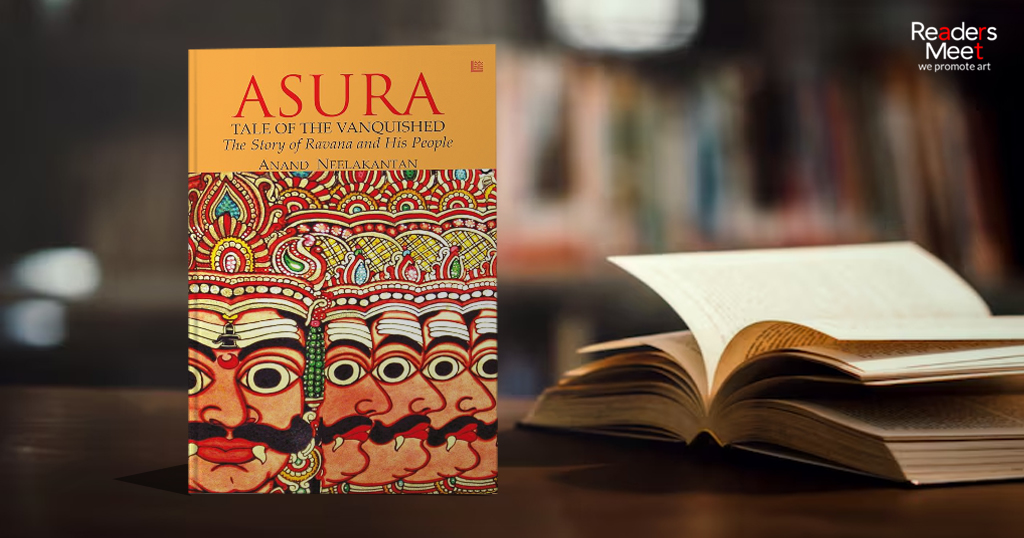
2. Asura: Tale Of The Vanquished
Anand Neelakantan’s “Asura: Tale of the Vanquished” presents a unique adaptation of the traditional Ramayana narrative. It is the story of Ravana, the demon king who is typically portrayed as the antagonist, told by himself.
‘Asura’ gives a new perspective to the legendary story. It induces the readers to rethink the way they look at conflicts. The book teaches us to look and analyze the situation from the perspective of others. This approach helps us to be more insightful and empathetic about people’s behavior patterns.
The novel also features Bhadra, a loyal but misunderstood commoner. His perspective sheds light on the lives of Lanka’s ordinary people, unlike the picturesque view of Lanka as a golden kingdom.
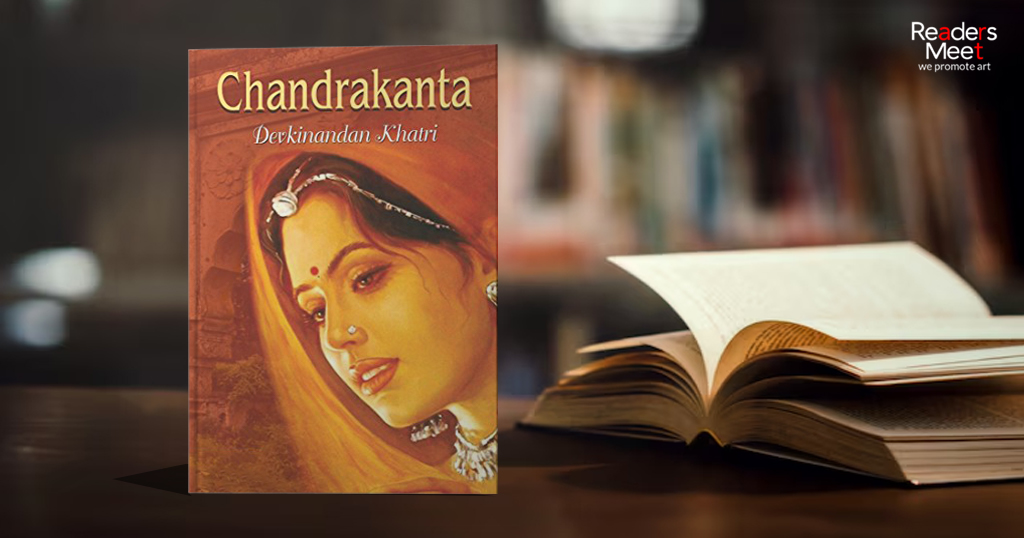
3. Chandrakanta
Devaki Nandan Khatri’s Chandrakanta is a fantasy novel. It is written in the national language of India, Hindi. The book pulls readers away into a thrilling world of adventure. The story revolves around a brave prince and a beautiful princess caught in a sinister plan. The story is developed against the backdrop of disguises, battles, and enchanted mazes. Notably, the author has penned the novel in a unique and accessible style. Writing it in Hindi has not only broadened the novel’s reach but also helped to solidify Hindi as a literary language.
Furthermore, Chandrakanta sheds light on introducing Persian literary attributes, such as aiyaars (masters of disguise and intrigue) and tilisms (enchanted places), to Hindi literature. This fusion continues to intrigue readers across generations.
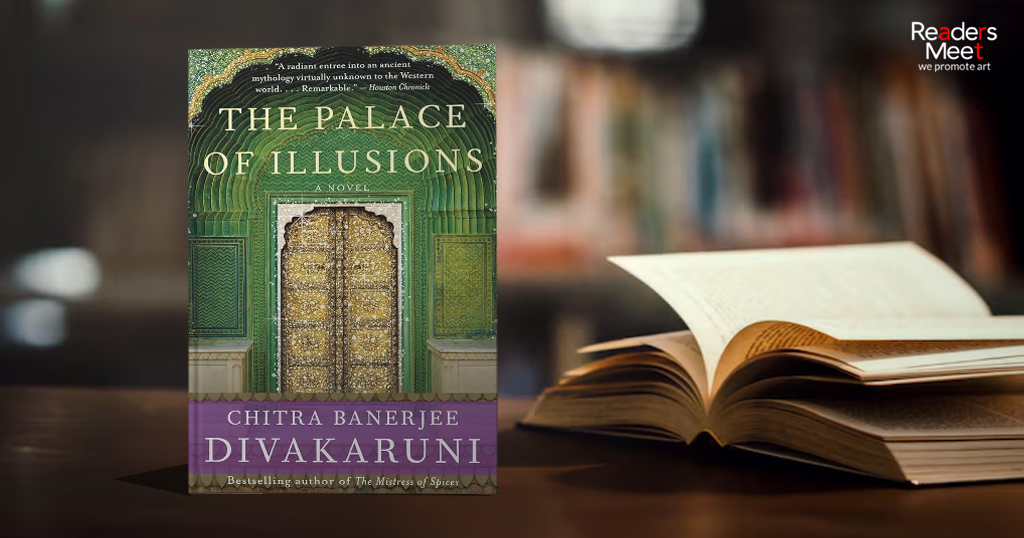
4. The Palace of Illusions
Chitra Banerjee Divakaruni’s “The Palace of Illusions” gives a completely different perspective on the great story of Mahabharata. This book is a 2008 bestseller.The novel is written from the viewpoint of ‘Panchaali, (also known as Draupadi) the daughter of king ‘Drupad’. The story of ‘The Palace of Illusions’ revisits the grand and royal conflict between the ‘Kauravas’ and their cousins, the ‘Pandavas.’
It is through Panchaali’s eyes, we witness the buildup of tensions, the fateful decisions, and the devastating war that forever changed the course of history. It uncovers the experiences of women from a specific society and allows Draupadi, a powerful and complex character, to take center stage.
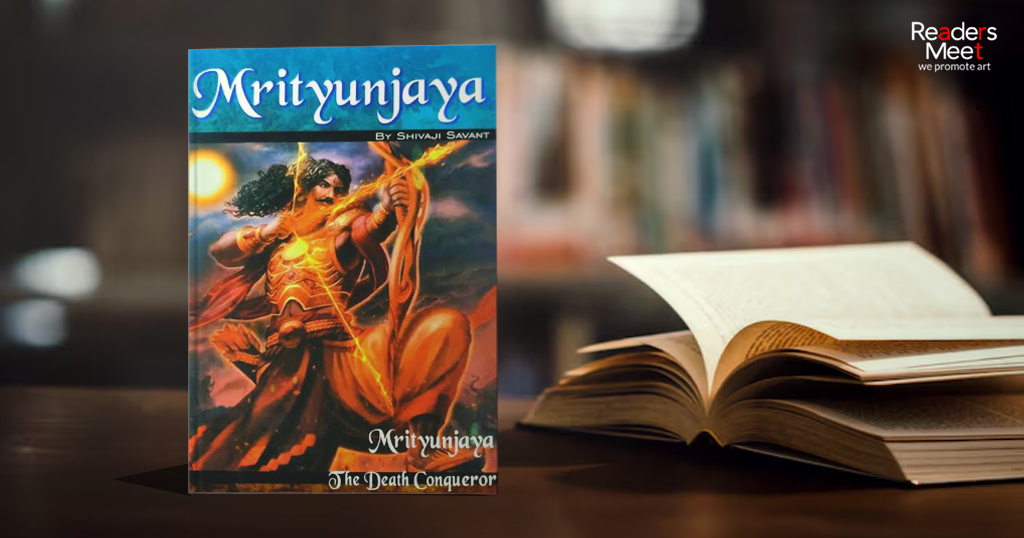
5. Mritunjaya
“Mrityunjaya” offers this unique opportunity. Shivaji Sawant’s novel is told from the perspectives of those who knew ‘Karna’: Lord Krishna, Karna’s wife, and his mother.
The book uses the form of metaphors and similes. It is a semi-autobiography of Karna’s life story.
This book is a story that explores what life is and what it means to be alive. This book shows Karna as a real person with flaws and strengths. The author even creates new characters to make the story feel more believable. This novel promises an exploration of existence. The lasting experience that will stay with you long after the final page.
Even this book is written in one of the regional languages from India, ‘Marathi.’
Conclusion
The origin of Hindu mythological books isn’t a single story. It is a collection of texts, manuscripts and symphonies composed over millennia. The foundation was led when the ancient Vedas pulsated the first notes. The greatest and epic literature, the ‘Mahabharata’ and the ‘Ramayana’, served as the powerful pinnacles, extending the imagination of the masses with tales of heroes and battles. The Puranas then elaborated on these themes, adding rich details and expanding the mythological universe like a soaring melody. Regional variations added their own unique harmonies, reflecting the diverse cultural tapestry of India. And finally, philosophical interpretations served as bridges between generations, ensuring the stories remained relevant and meaningful, constantly evolving to resonate with new audiences.
The Vedas laid the foundation, the epics built upon it, the Puranas expanded the world, and regional variations and philosophical interpretations ensured the stories continued to resonate with people across time.
Also Read: Top 10 free online dictionaries you need to bookmark

